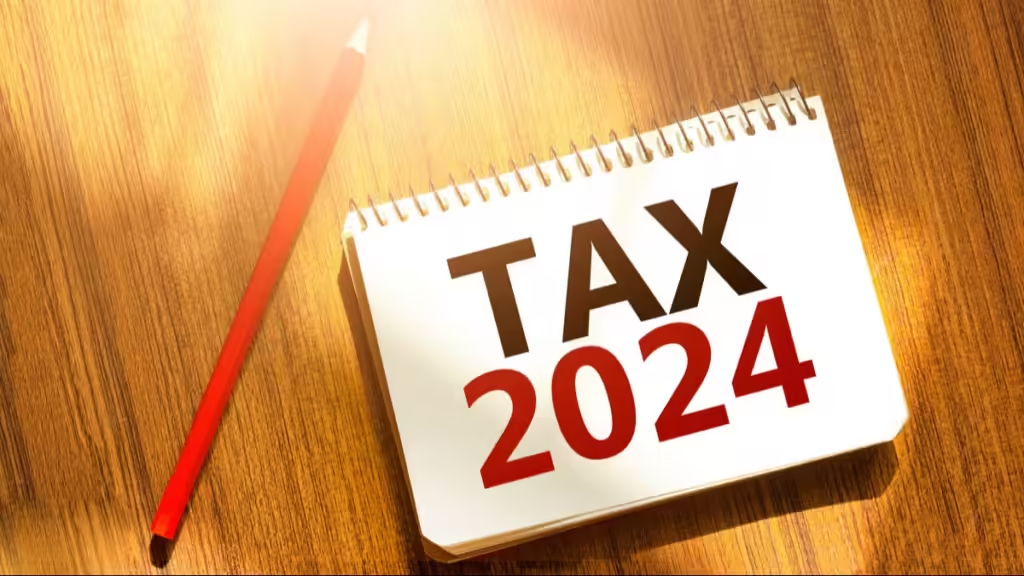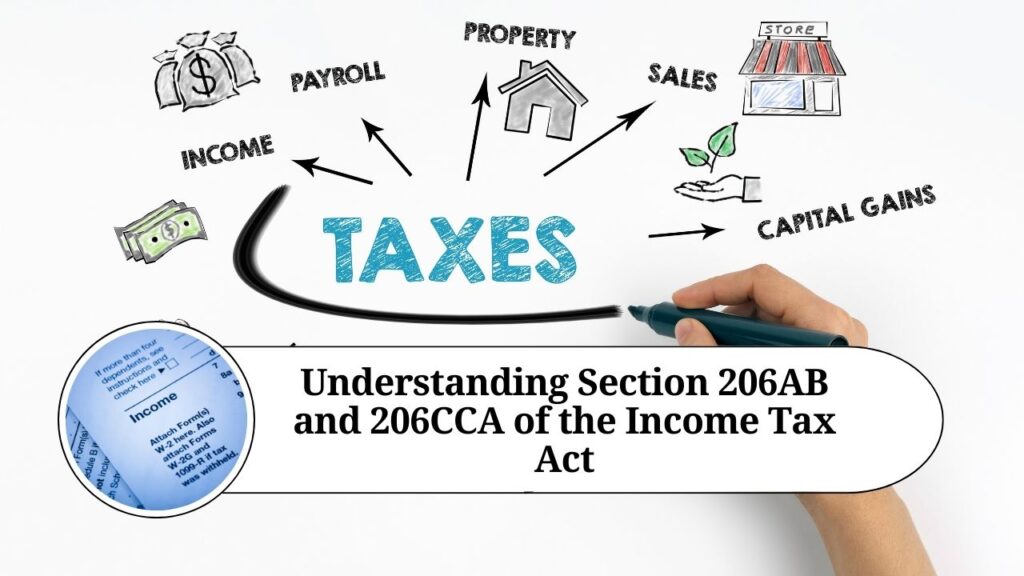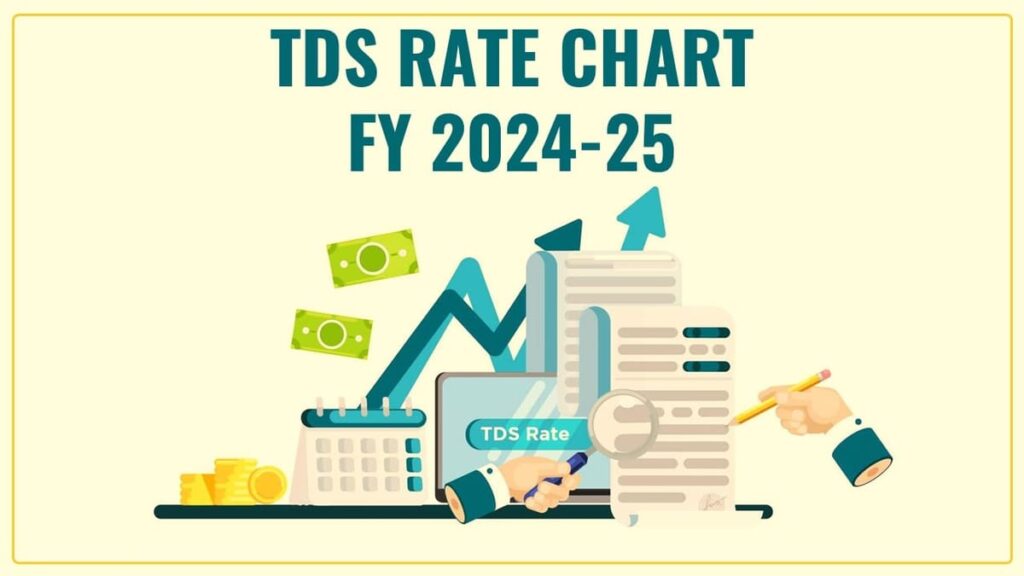Tax Deducted at Source (TDS) is an essential mechanism for the collection of tax in India. It requires the deductor to deduct
- Home
- Income Tax
- GST
- Registration
- Sole Proprietorship Registration
- Section 8 Company
- Partnership Firm Registration
- Nidhi Company Registration
- Private Limited Company Registration
- Trust Registration
- One Person Company Registration (OPC)
- Hindu Undivided Family (HUF)
- Limited Liability Partnership (LLP)
- PF Registration
- Professional Tax
- Digital Signature
- FSSAI Registration
- TAN Application
- Import Export Code (IEC)
- PAN Application
- MSME Registration
- Start Up India Registration
- Professional Tax
- Accounting
- Blog
GST Annual Returns
The GST Annual Return is like a yearly report card for businesses. Just like students show their annual report card at school to tell how they performed the whole year, businesses show this return to share their yearly sales, purchases, and the tax paid.
This helps the government know that the right amount of tax is being paid. For businesses, it’s a way to double-check all the monthly GST details they submit and make sure everything matches.
If there were any mistakes during the year, this is the time to fix them. Filling out this report correctly and on time is super important. It ensures that businesses pay the right amount of tax and avoid any trouble later on. It also helps the government collect the correct amount of money, which can then be used for the country’s growth. In short, the GST Annual Return is a key tool for businesses and the government to make sure everyone is playing fair and doing their part.
- Basic
Enquire Us
Unlocking Insights | Navigating GST Annual Returns for Business Success
The GST Annual Return is a document that business taxpayers must file once per year with the tax authorities of India. It contains the details of all sales, purchases, input tax credit (ITC), and output GST for the financial year.
As per the CGST Act 2017, every registered person is required to file an annual return under GST except for:
- Casual taxable persons
- Input service distributors
- Non-resident taxable persons
- Persons paying tax under Section 51 (TDS Collector) or Section 52 (TCS Collector)
Types of GST Annual Returns
There are different types of GST Annual Returns, depending upon the type of registration and transactions. These include:
- GSTR 9: Filed by the regular taxpayers filing GSTR 1, GSTR 2, and GSTR 3.
- GSTR 9A: Filed by persons registered under the GST composition scheme.
- GSTR 9B: Filed by e-commerce operators who have filed GSTR 8 during the financial year.
- GSTR 9C: Filed by taxpayers whose annual turnover exceeds ₹2 crores during the financial year. It is a reconciliation statement, filed along with the annual return, but also needs certification from a CA/CMA.
Key Components of GST Annual Return
GST Annual Return, GSTR 9, comprises the following components:
- Basic details of the taxpayer, including the financial year, GSTIN, and legal and trade name.
- Details of outward and inward supplies declared during the financial year.
- Details of ITC declared in returns filed during the financial year.
- Details of tax paid as declared in returns filed during the financial year.
- Particulars of the transactions for the previous financial year declared in returns of April to September of the current FY or up to the date of filing of GSTR-9 of the previous FY, whichever is earlier.
- Other information comprises GST demands and refunds, supplies received from composition taxpayers, deemed supply under section 143, and goods sent on an approval basis.
How to File GST Annual Return
The GST Annual Return is filed online through the GST portal (www.gst.gov.in). You’ll need your login credentials (username and password) which would have been given to you at the time of GST registration. The process involves filling in all the required details, digitally signing the return, and finally submitting it.
Here are the steps for filing a GST Annual Return (GSTR-9) online.
Step 1: Log in to the GST Portal
Visit the GST portal at www.gst.gov.in. Click on ‘Login’ and enter your username and password to sign in.
Step 2: Navigate to Annual Return
After logging in, go to the ‘Services’ tab. From the dropdown, select ‘Returns’ and then ‘Annual Return’.
Step 3: Select the Financial Year
You will be prompted to select the relevant financial year for which you need to file the annual return. Choose the correct year and then click ‘Search’.
Step 4: Select the Return Filing Period
Here, you’ll be able to select the type of return to be filed. In this case, you’ll need to select ‘Annual Return’. Click on ‘Prepare Online’ to proceed.
Step 5: Enter the Details
Now, you will have to enter all the necessary details in the form. This will include details of purchases, sales, input tax credit, and output GST among other details. The form will have several tabs, each asking for a specific set of details.
Step 6: Preview Form
Once all the details have been filled in, you can click on ‘Preview’ to review all the information you have entered. Make sure that all the information is correct.
Step 7: Compute Liabilities and Late Fees, if any
If there are any liabilities that need to be paid, they will be automatically calculated by the portal. Similarly, any late fees will also be automatically calculated. These need to be paid for you to be able to file the return.
Step 8: Proceed to File
Once you’re satisfied that all the details are correct and all dues are paid, click on ‘Proceed to File’. You will be prompted to confirm.
Step 9: Sign and Submit
Finally, you’ll need to sign the return digitally. This can be done using a Digital Signature Certificate (DSC) or the Aadhaar-based Electronic Verification Code (EVC) method. Once signed, click ‘Submit’ to file your return.
Deadline for Filing GST Annual Return
The deadline for filing the GST Annual Return is generally December 31 of the next financial year. For instance, for FY 2022-2023, the deadline would be December 31, 2023.
Penalty for Late Filing
There is a penalty for late filing of the GST Annual Return. The late fee is ₹200 per day (₹100 under CGST and ₹100 under SGST) of delay. The maximum amount of penalty is an amount calculated at a quarter percent of the taxpayer turnover in the state or union territory.
Related Guides
The introduction of Section 206AB in the Income Tax Act, of 1961, has added a new layer of complexity to tax compliance
The growth of e-commerce has revolutionized the way businesses operate and consumers shop. However, with this growth comes the need for stringent
The rapid rise of cryptocurrency has prompted regulatory bodies worldwide to establish clearer tax regulations. In India, the fiscal year 2024-25 brings
ITR Services
Other Services
Documents Required
- NIL
Frequently Asked Questions (FAQs)
The GST Annual Return, also known as GSTR-9, is a consolidated return form that captures details of all monthly/quarterly returns filed by a taxpayer during the financial year. It provides a comprehensive summary of outward and inward supplies, input tax credit availed, tax paid, and other particulars.
All regular taxpayers registered under GST are required to file GSTR-9. However, some entities, such as casual taxable persons, Input Service Distributors (ISD), non-resident taxable persons, and persons paying TDS under section 51 of the CGST Act are exempted.
The usual deadline for filing GSTR-9 is on or before the 31st of December following the end of the financial year. However, the government may extend the due date in certain situations.
Yes, a late fee is levied for delayed filing of GSTR-9. This typically involves a daily penalty until the return is filed, subject to a maximum cap.
GSTR-9 is the annual return form to be filed by regular taxpayers, while GSTR-9C is a reconciliation statement that must be accompanied by an auditor's certificate. Businesses with a turnover exceeding a specified limit (previously ₹2 crores but subject to change) need to file GSTR-9C in addition to GSTR-9.








